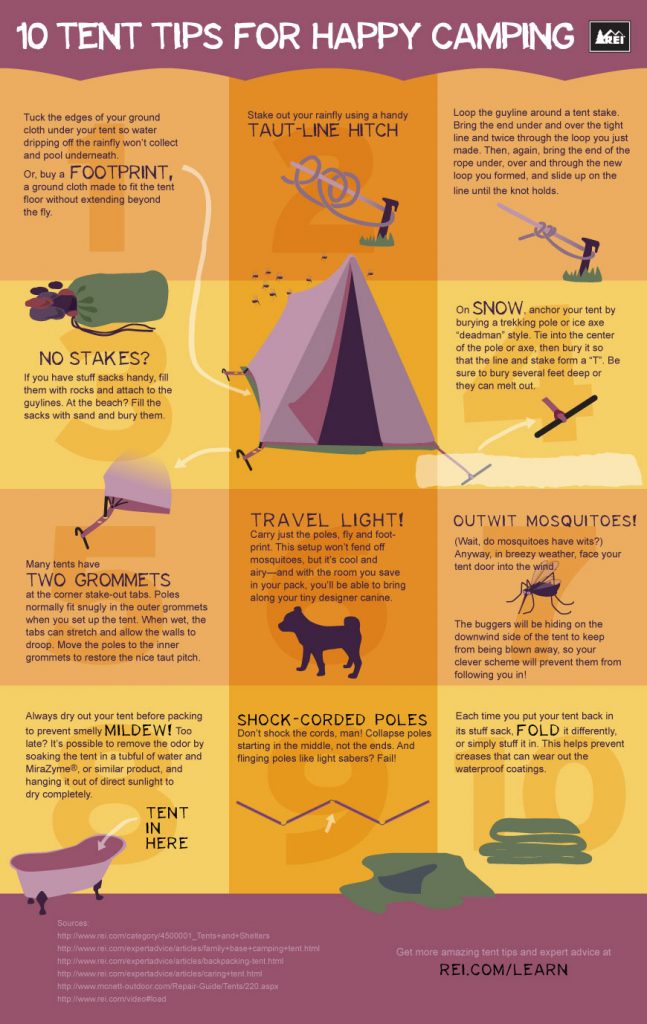Starting A Profitable Online Camping Tents Business Is Easy
Starting A Profitable Online Camping Tents Business Is Easy
Blog Article
Taking Photographs of the Evening Skies
A variety of elements can impact evening sky photography. From climate condition to upcoming holy occasions, you'll want to prepare in advance to ensure success.
How long does a canvas tent last?
The shutter speed you choose determines whether stars appear as specific pin-points or trail across the photo. An excellent guideline is to limit the exposure to 500 seconds, or the matching of your lens's focal size.
Place
One of one of the most crucial factors in a great photo is where you take it. Aim for locations with marginal light contamination, and avoid areas that have bright city lights and skyscrapers.
Also, look for a place that uses foreground elements to develop make-ups with. For instance, dune patterns, wind-sculpted ridges and rocky outcrops can all give intriguing foreground elements to aid inform the story of your night skies photo.
It is additionally useful to study astronomical occasions such as meteor showers and lunar eclipses to maximize possibilities for terrific images. Utilizing a tool such as the Professional photographer's Ephemeris can be exceptionally useful when preparing your shoots. It aids you to identify moon phases, Galaxy placement and various other expensive events. Additionally, think about shooting in RAW format as opposed to JPEG as this offers you extra versatility when refining the images. This is especially true if you plan to publish your images.
Cam Settings
Getting the ideal camera setups is essential for any kind of picture, yet specifically so for evening skies images. A wide-angle lens is best for catching even more of the Galaxy and reducing star routes, along with a longer shutter speed to quit the activity of celebrities and reveal their details.
For a maximum degree of clarity, shoot in RAW format rather than JPEG, which permits you to preserve more data and gives versatility throughout post-processing. This can also add to submit size, so ensure you have a lot of storage room and extra sd card accessible.
Establish your emphasis to hand-operated focusing by flipping the AF/MF turn on your lens right into MF setting. You might require to take a few test shots and examine the image playback on your electronic camera's LCD screen up until you attain excellent, pinpoint hands-on emphasis. It's a good idea to do this during the day with your selected lens and the location you will be contending night, to verify the accuracy of your focus setup.
Lighting
A good night skies photo calls for the ideal conditions. This consists of a dark sky, but also an intriguing foreground aspect such as a mountain imminent, a lake to show the celebrities, or a human aspect like a barn or shed. You can also make use of a headlamp to brighten the foreground and include some dramatization or deepness to your picture.
The most essential video camera settings for night sky digital photography are the aperture and shutter rate. The wider the aperture, the much more light that gets to the sensing unit. This permits you to catch brilliant celebrities in a relatively short amount of time.
The shutter speed figures out whether your stars will certainly be pin-point best or if they will look like celebrity tracks as a result of the Planet's rotation. Make certain to take multiple lengthy exposure shots and stack them in post-processing for the very best outcomes. Finally, shoot in RAW mode to provide on your own optimal latitude in post-processing.
Composition
The trick to attractive star shots isn't a high-end telescope, a new wide-angle lens or a high-grade Canon or Nikon cam. It's technique, preparation and composition.
For starters, look your shoot location beforehand to obtain a feel for the format and prospective structures. Think about including foreground components such as rocks, a lake or alpenglow on the landscape to include character and rate of interest to your photos.
Keep in tents in mind the Policy of Thirds when composing your pictures. This basic concept aids equilibrium and merge photos. It's additionally useful for focusing on points of interest in your photo, such as rock features or the Milky Way. Also, remember to intend your shoots around moon stages-- capturing at a moon can subdue stars and develop a silhouetted form, while firing on evenings with a new moon can help you see constellations more clearly.
Can you sleep in a tent when it's raining?
